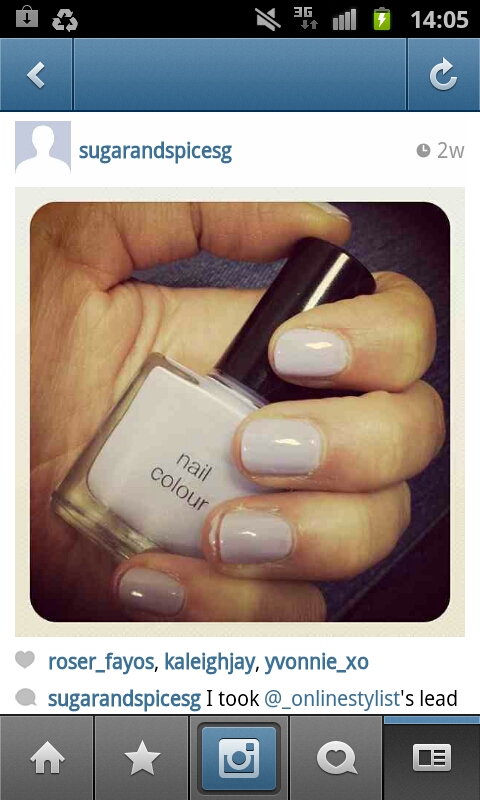DISCLAIMER: I am no legal expert and the information below is solely that which I have gleaned from a rather quick online search. This post is merely a starting point to head you in the right direction. I hope it provides a little help.
Last weekend new laws came into effect in the UK which oblige website owners to gain consent from visitors to their site for the use of cookies. There seems to be much confusion surrounding what this actually means, not least because the Information Commissioner’s Office who are enforcing the new law seemed to change their mind just two days prior to the law coming into force over whether or not explicit or implicit consent was necessary. Which means that the onus now shifts from the owner of a site to the user of a site to decide how to proceed.
The first thing that most people – including me – are probably asking is, what are cookies? The BBC has a fairly easy-to-understand guide. For bloggers, they are most usually used by statistical and analytical programmes to track the number of people coming to your site each day, week, month, etc. Google Analytics relies on cookies for this very purpose and for bloggers – as well as for owners of most websites – this is an essential tool, particularly if you already do – or plan to – monetise your site. Third-party cookies will be a feature on your blog if you have already monetised your blog and carry adverts.
This legislation has its origins in the EU and the directive was in fact implemented just over a year ago, however the ICO gave UK sites a year to put their changes into place. No one really seems to have taken much notice though, until the very last minute.
I have searched high and low for information on how blogs will – or could – be penalised and what level of consent and the only thing I have managed to find if this post over at Brit Mums. However, I have managed to find this rather useful site and which also includes coding and widgets for use on your blog straight away.
UPDATE: Oh, and this post, too, by Jude Wharton – very well written and comprehensive.
If you have any further information – or know where I can find more information – please get in touch. Either leave a comment below or email me.
![[BLOGGING] What does the UK and EU Cookie Legislation mean for my Blog?](https://i0.wp.com/www.sugar-and-spice.com/wp-content/uploads/2012/05/cookies.jpg?resize=554%2C379)

![[TECH TUESDAY] My not-quite-so-definitive list of the best apps and programmes for fashion bloggers](https://shopgirl123.files.wordpress.com/2012/05/instagram-on-android-01.jpeg?w=480&h=800&crop=1)

![[TECH TUESDAY] Instagram for Android](https://shopgirl123.files.wordpress.com/2012/04/instagram-on-android-01.jpeg?w=480&h=800&crop=1)



![[HOW TO] Tweet For Money Without Getting Into Trouble](https://i0.wp.com/embed.polyvoreimg.com/cgi/img-set/cid/47300866/id/ipwt1azPQ-GXi6DHx0oK3A/size/y.jpg?resize=600%2C600)

![[HOW TO] write a fashion blog / be a better fashion blogger (part 1)](https://shopgirl123.files.wordpress.com/2011/07/starbucks-and-laptop.png?w=640&h=428&crop=1)


